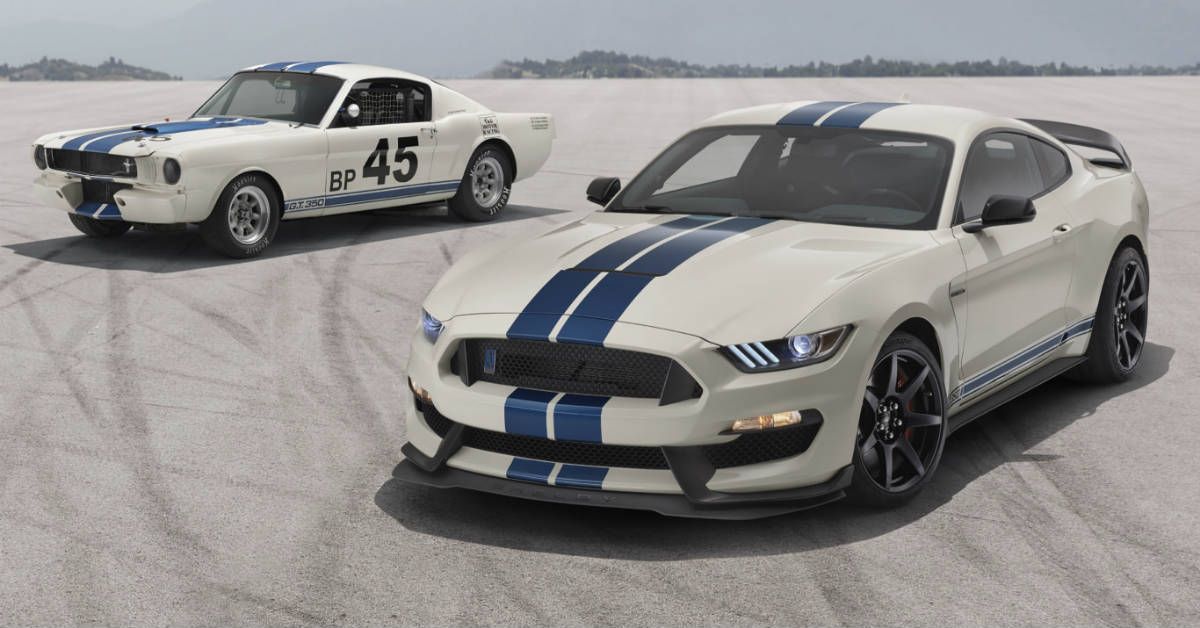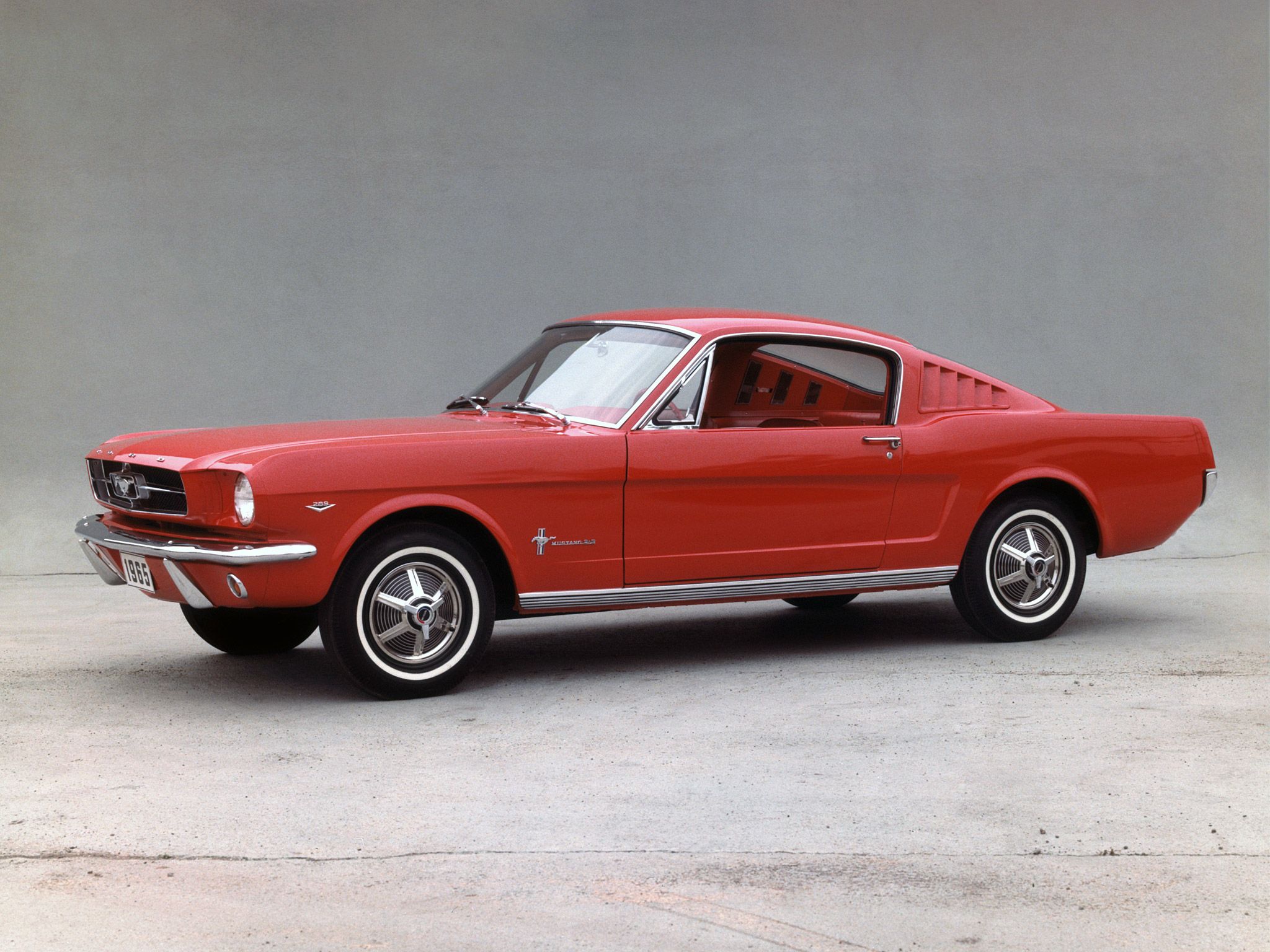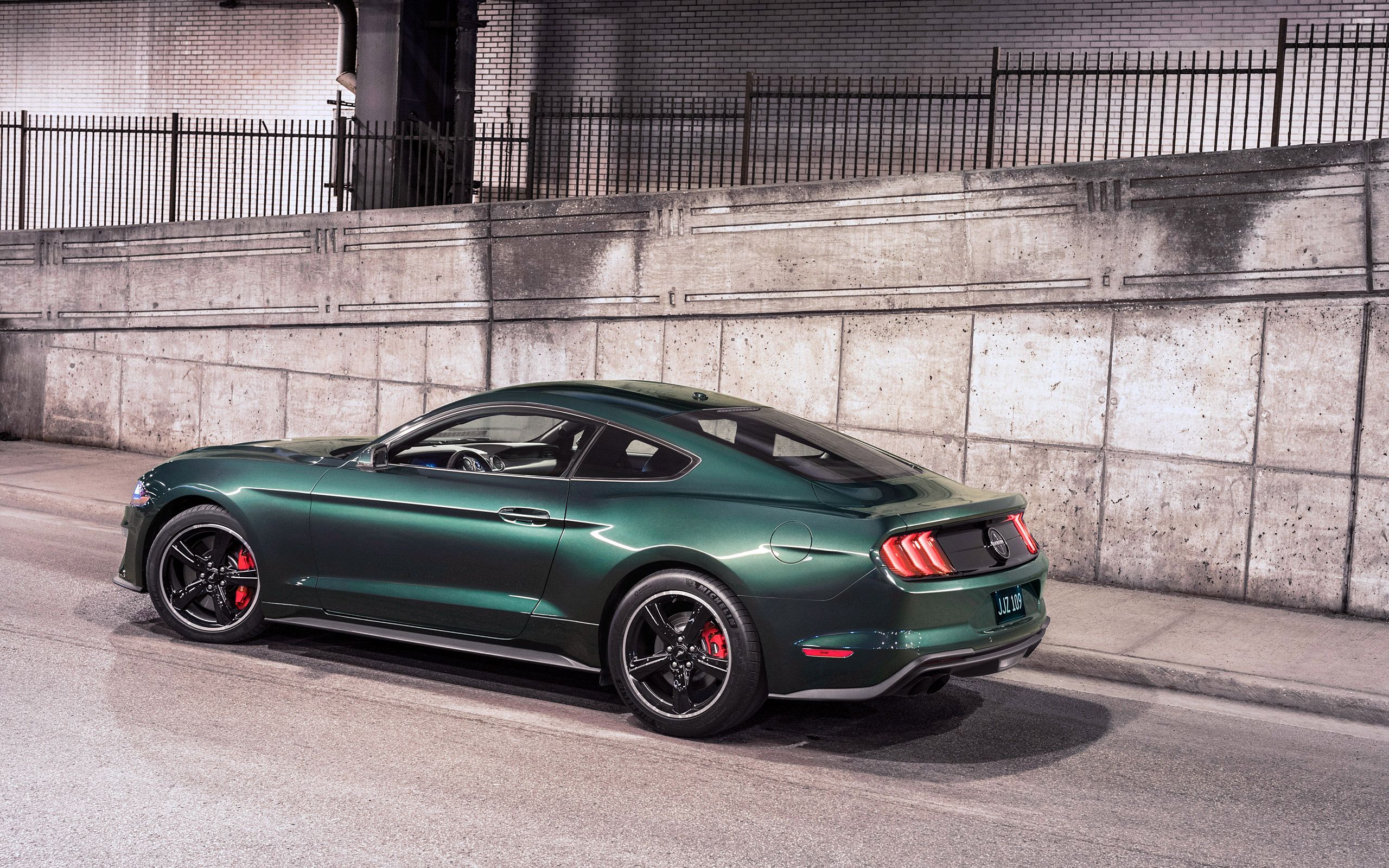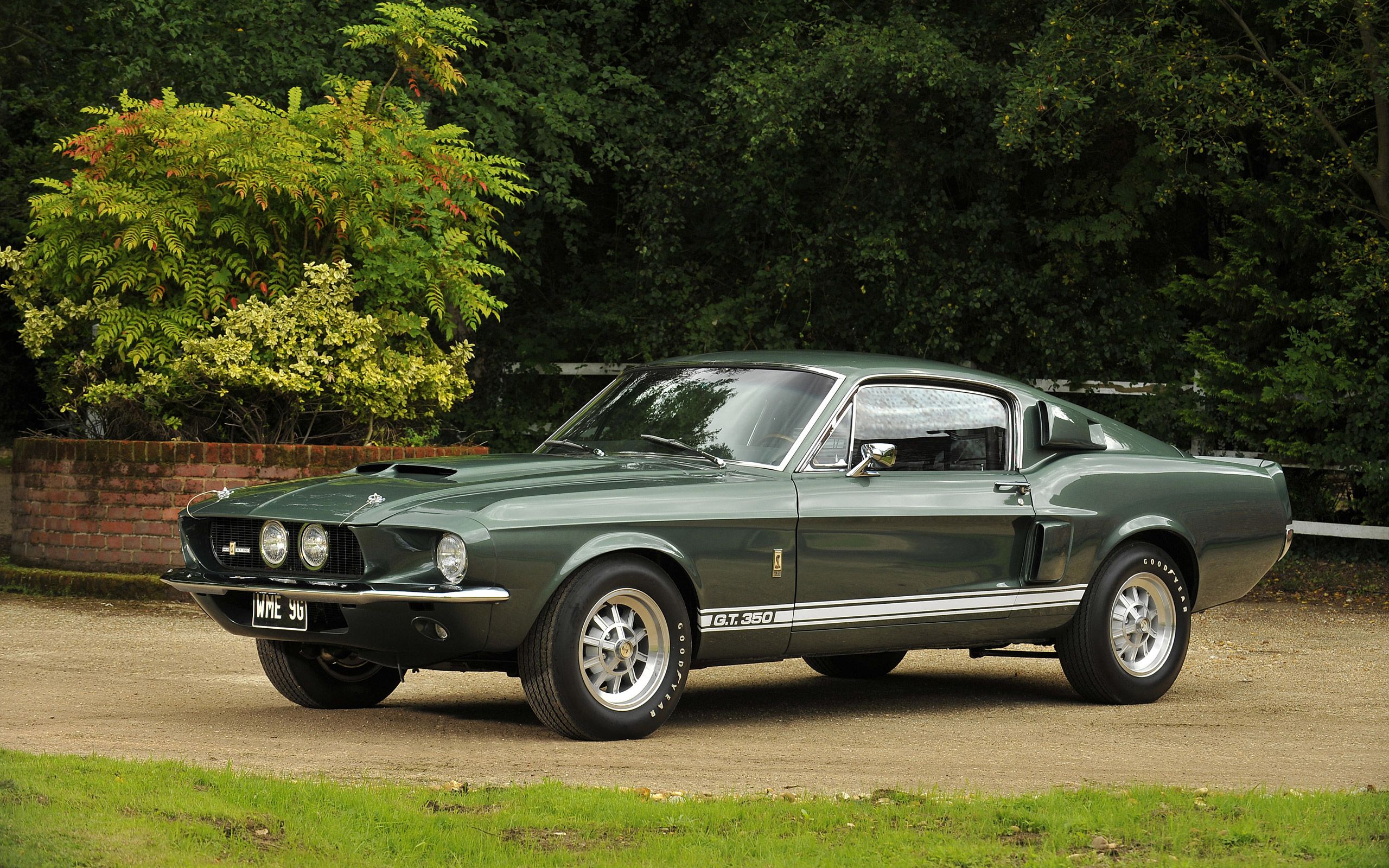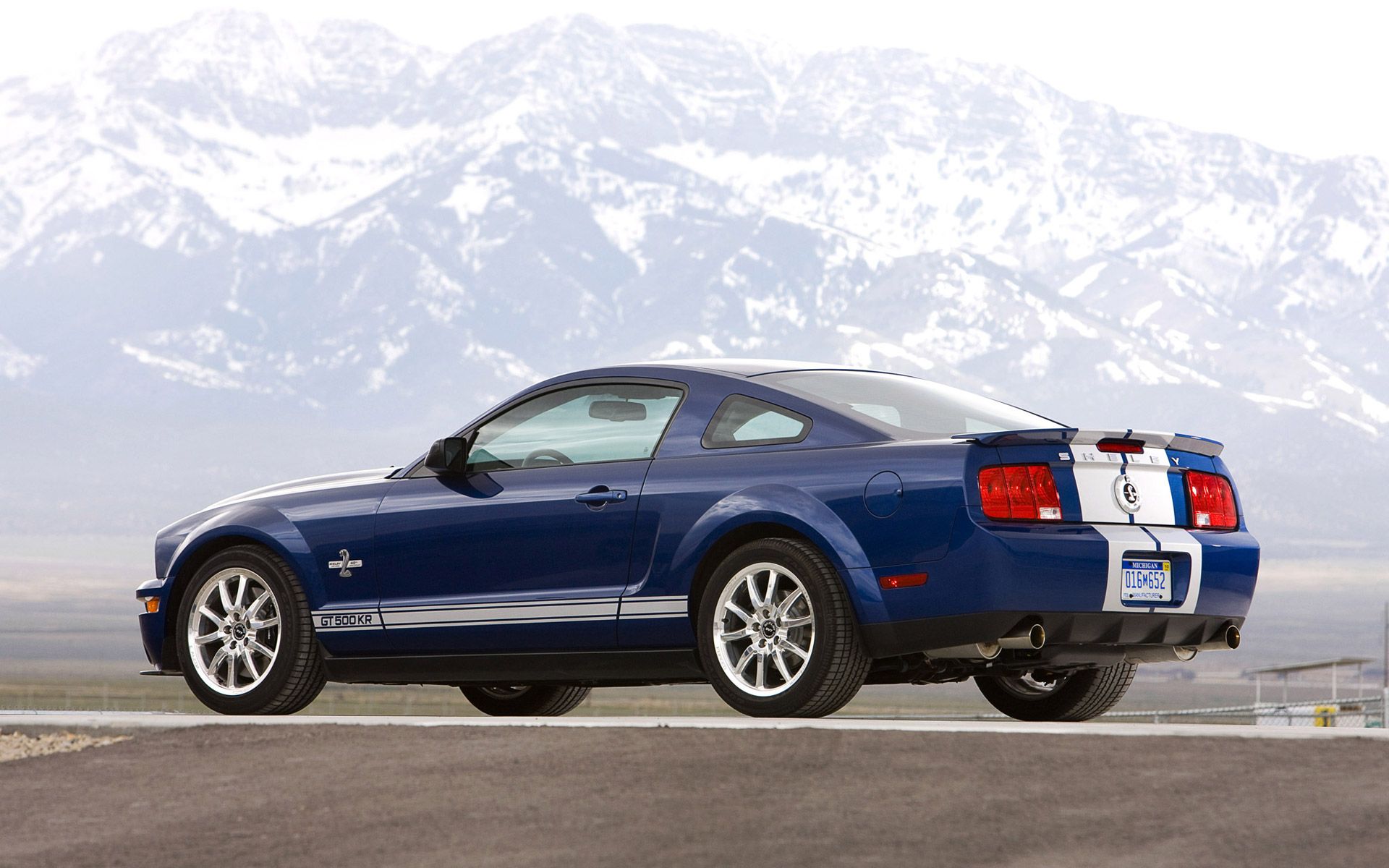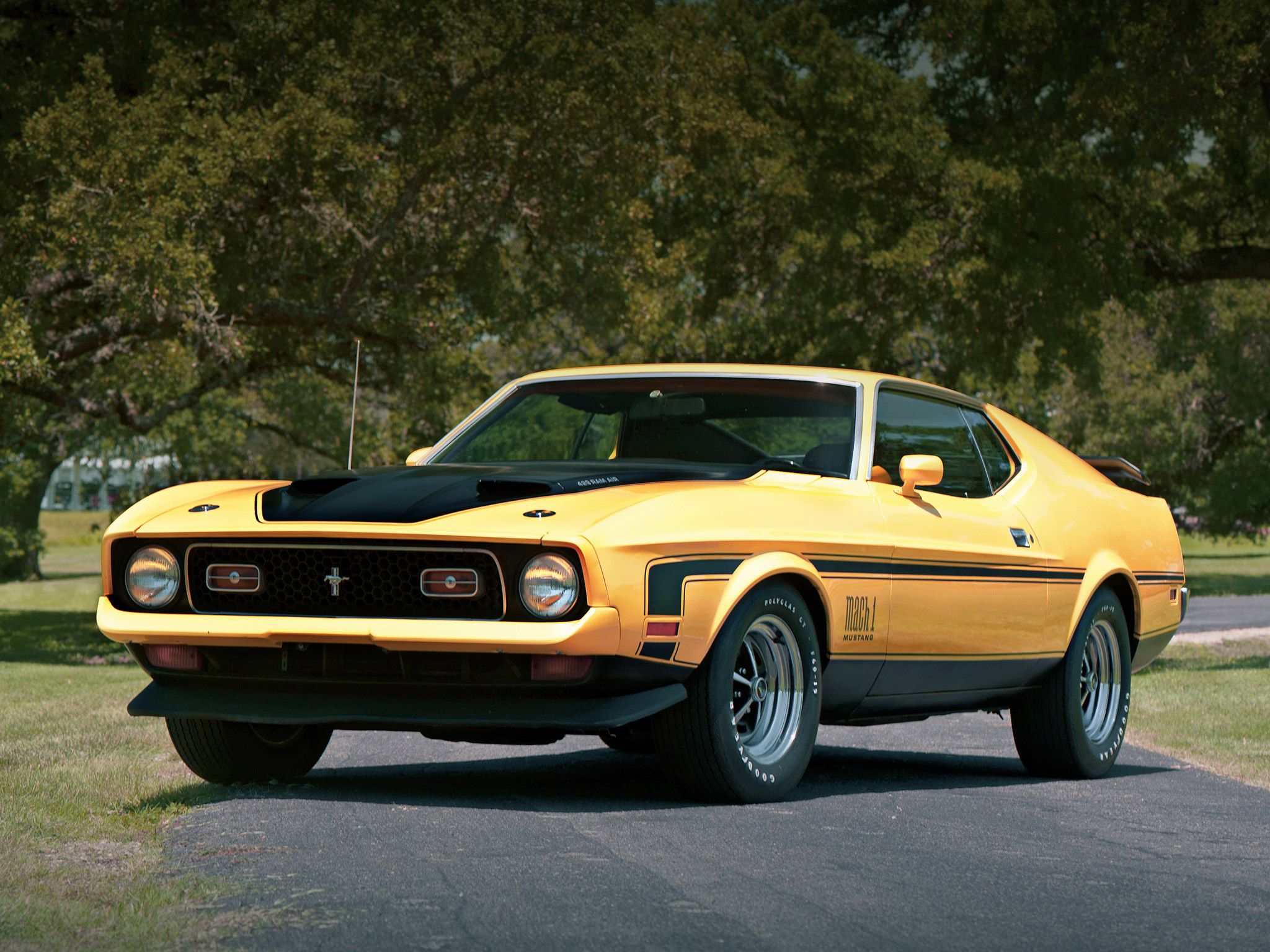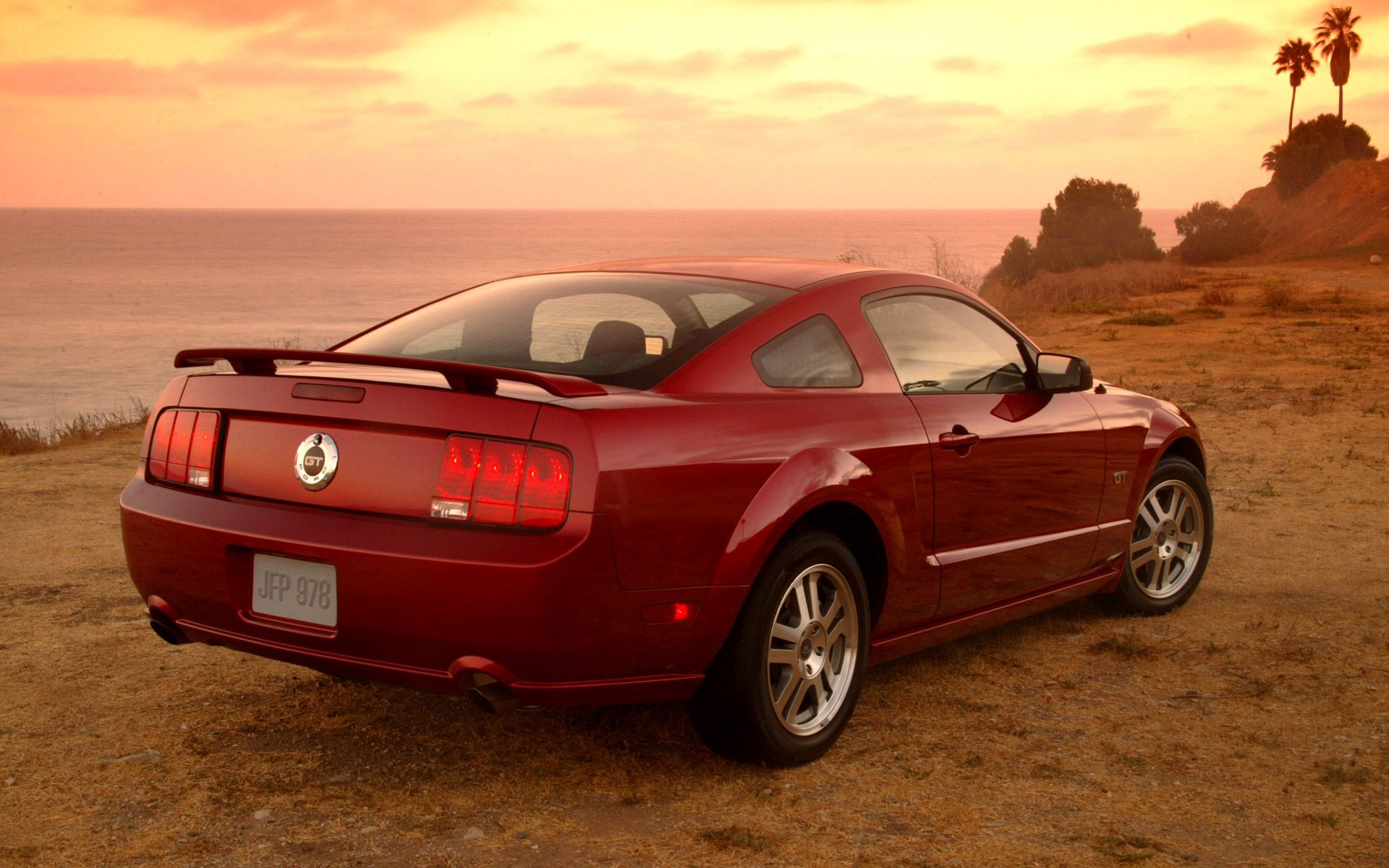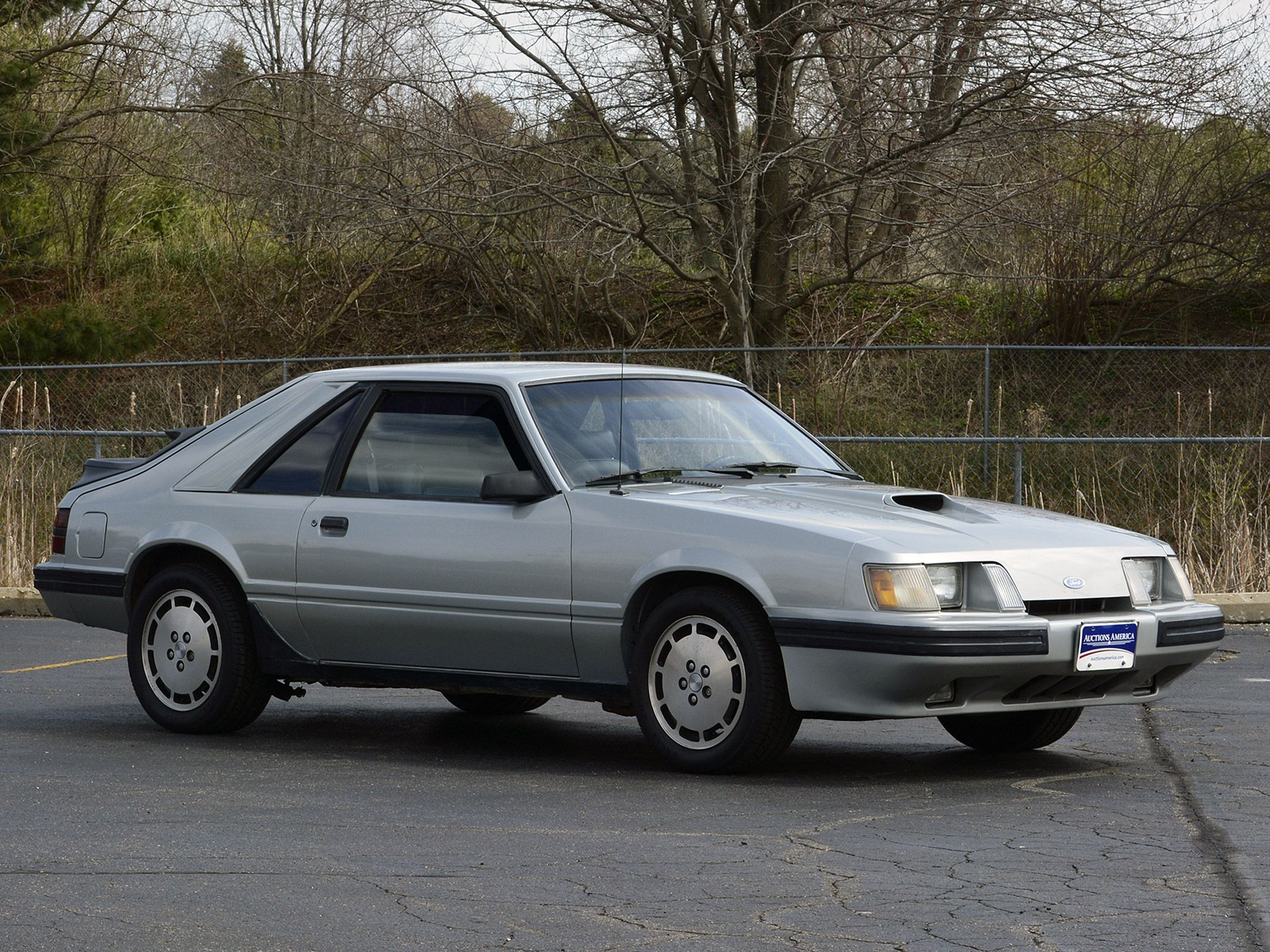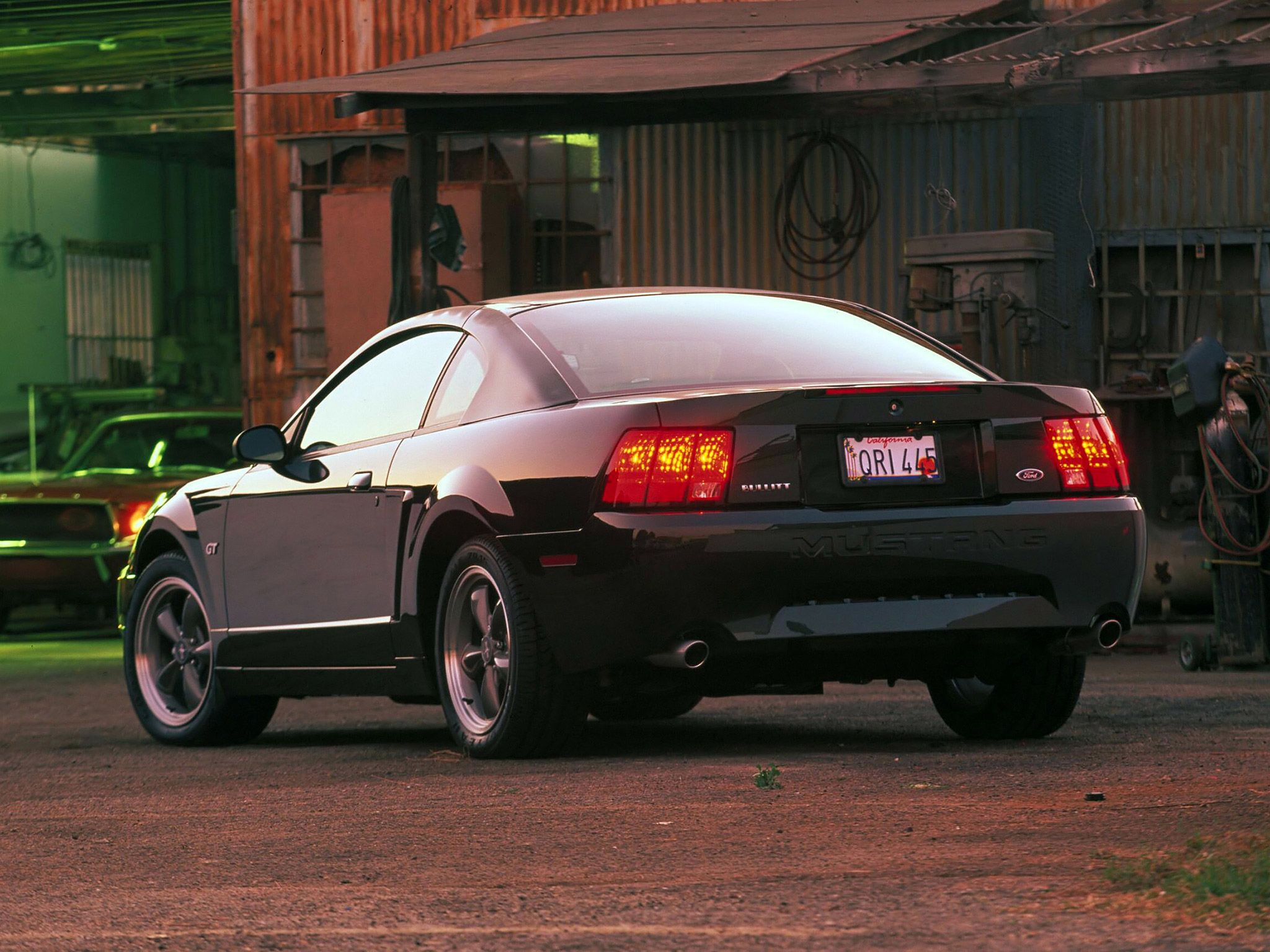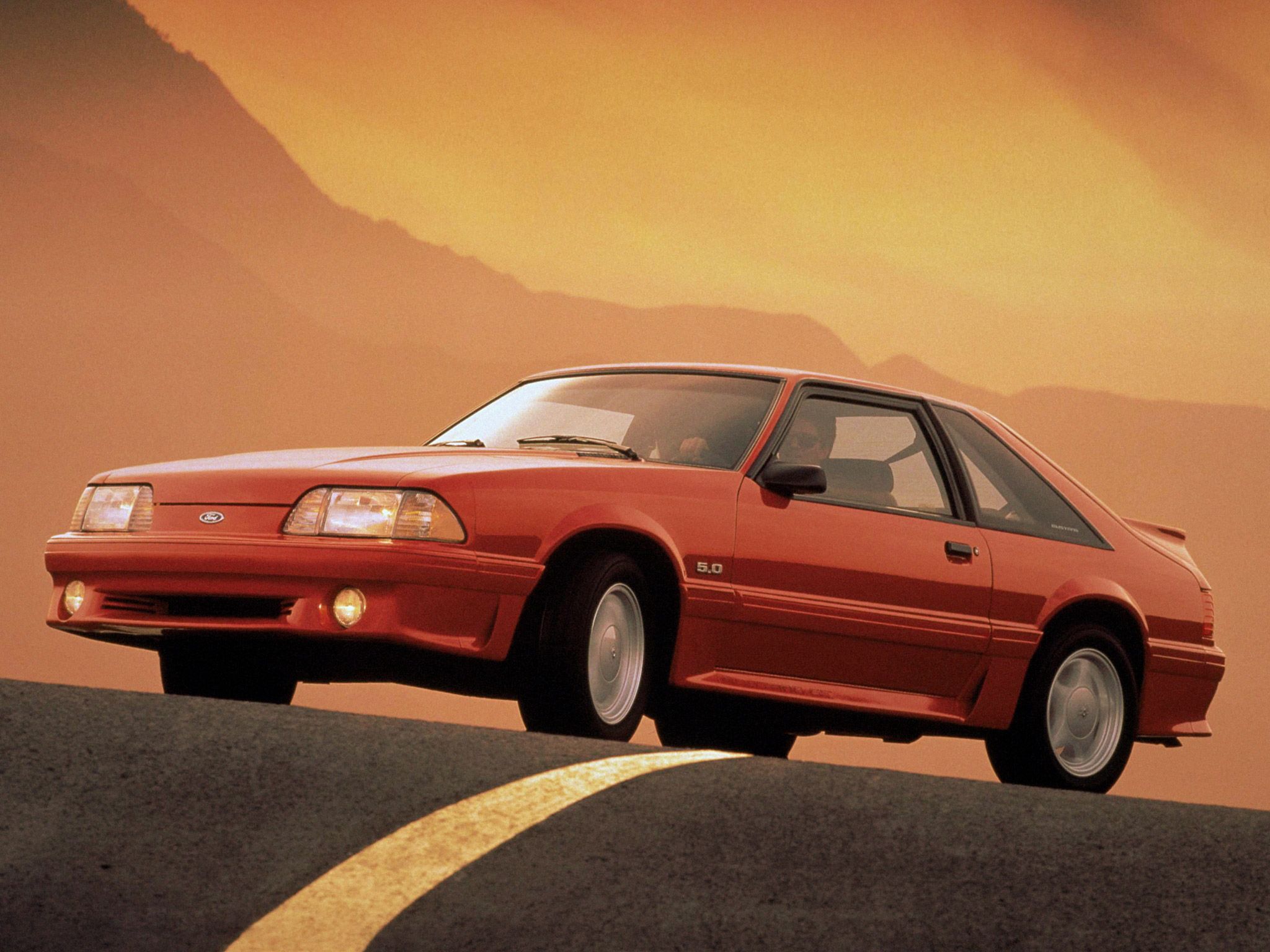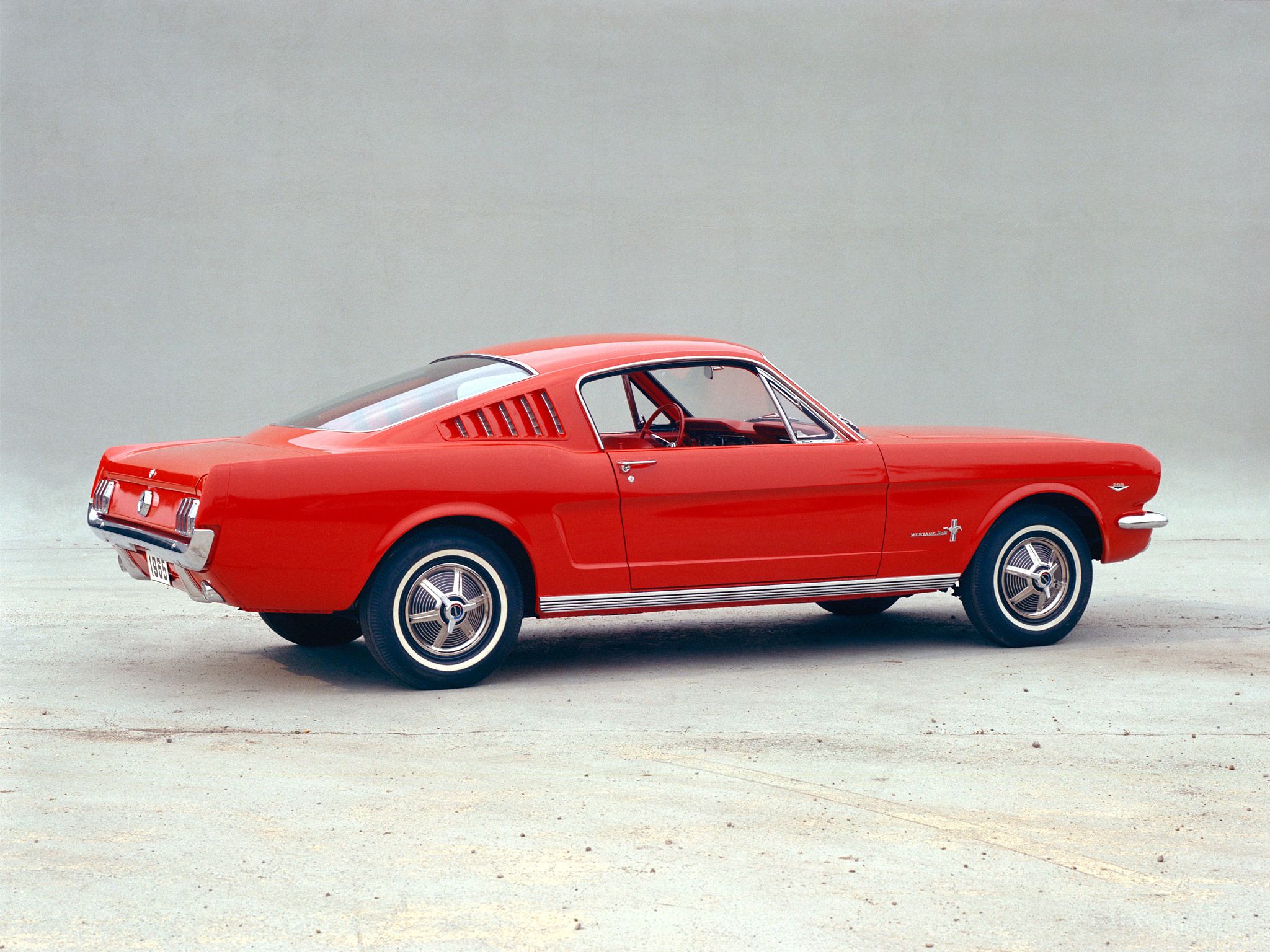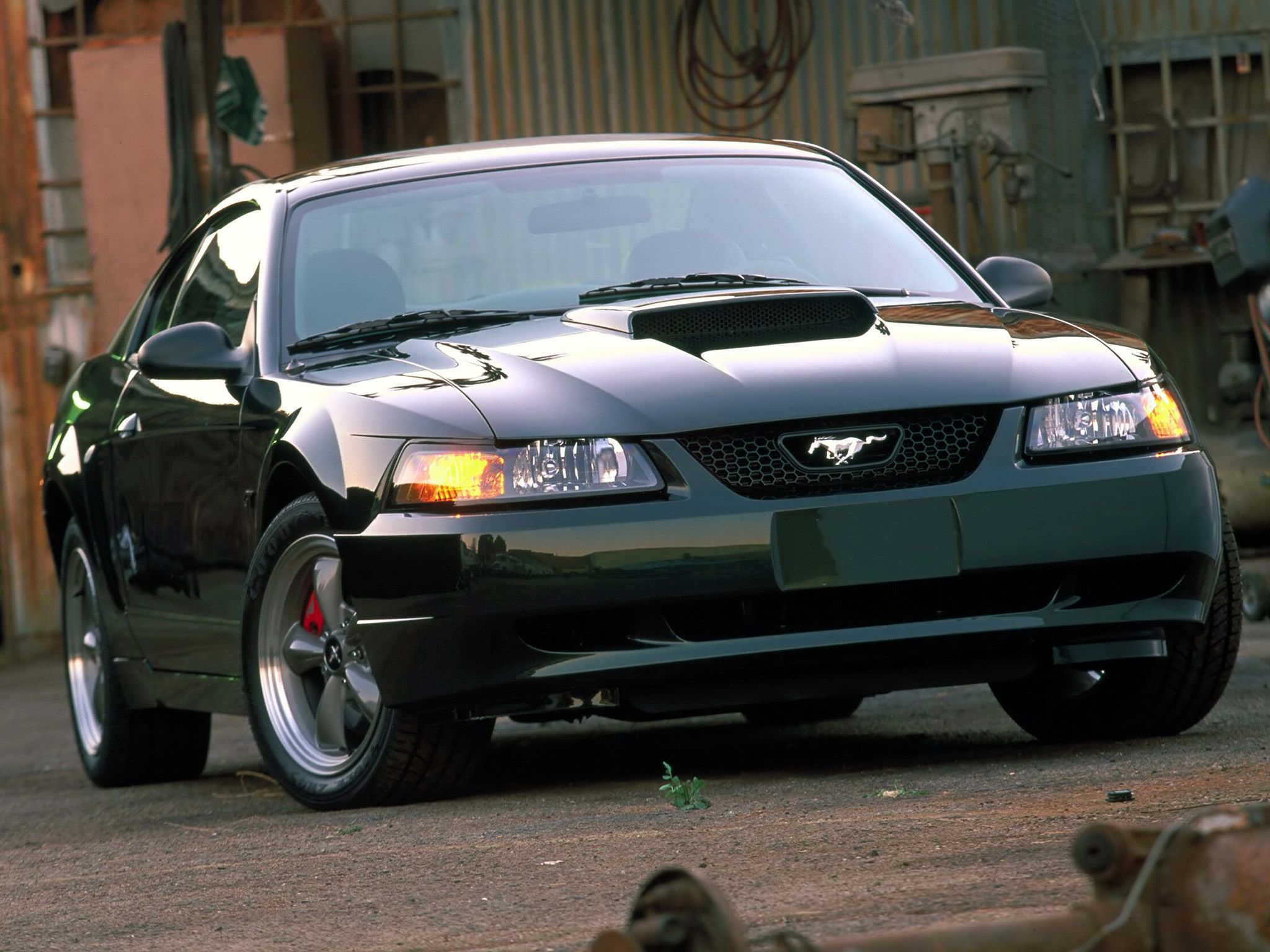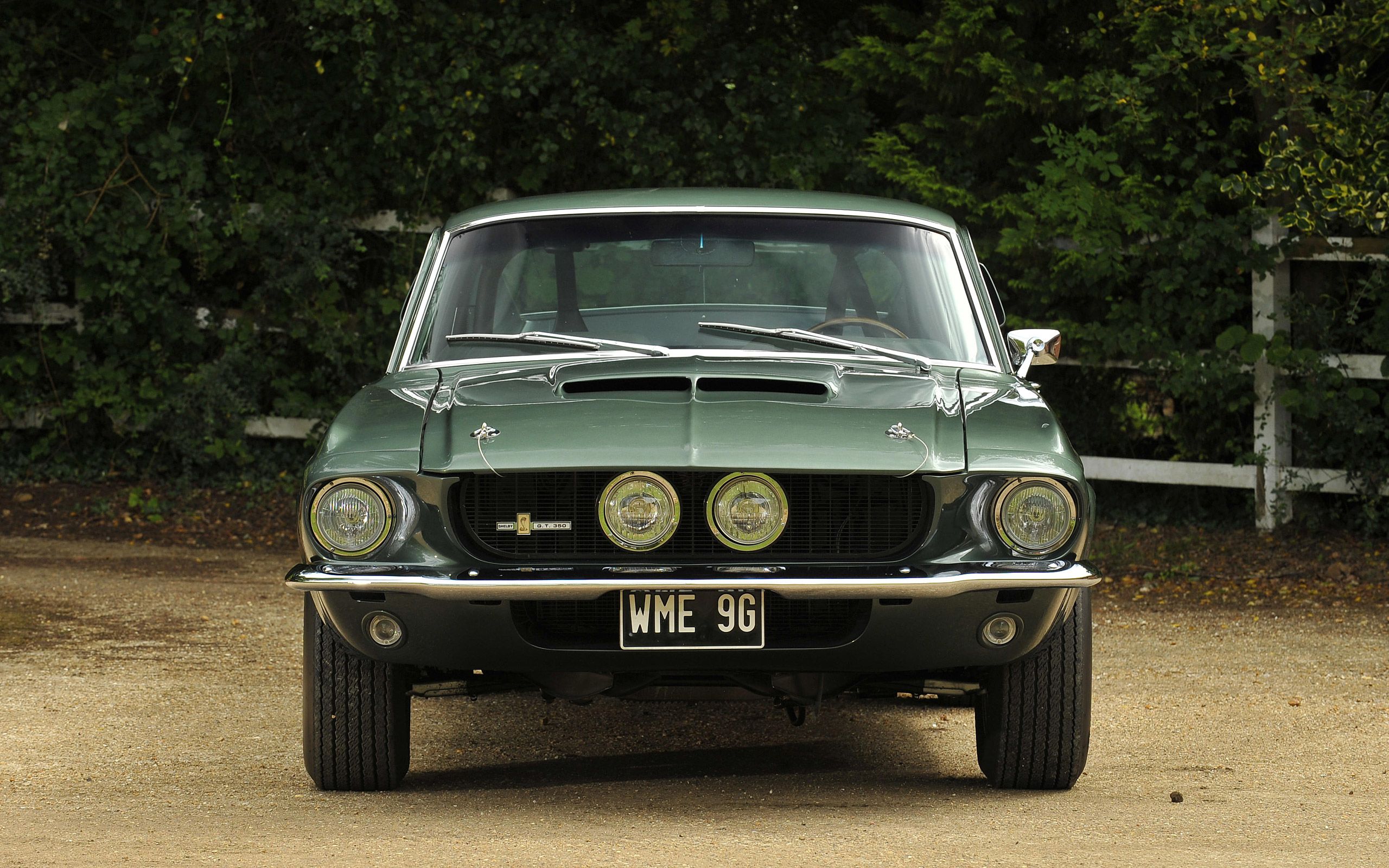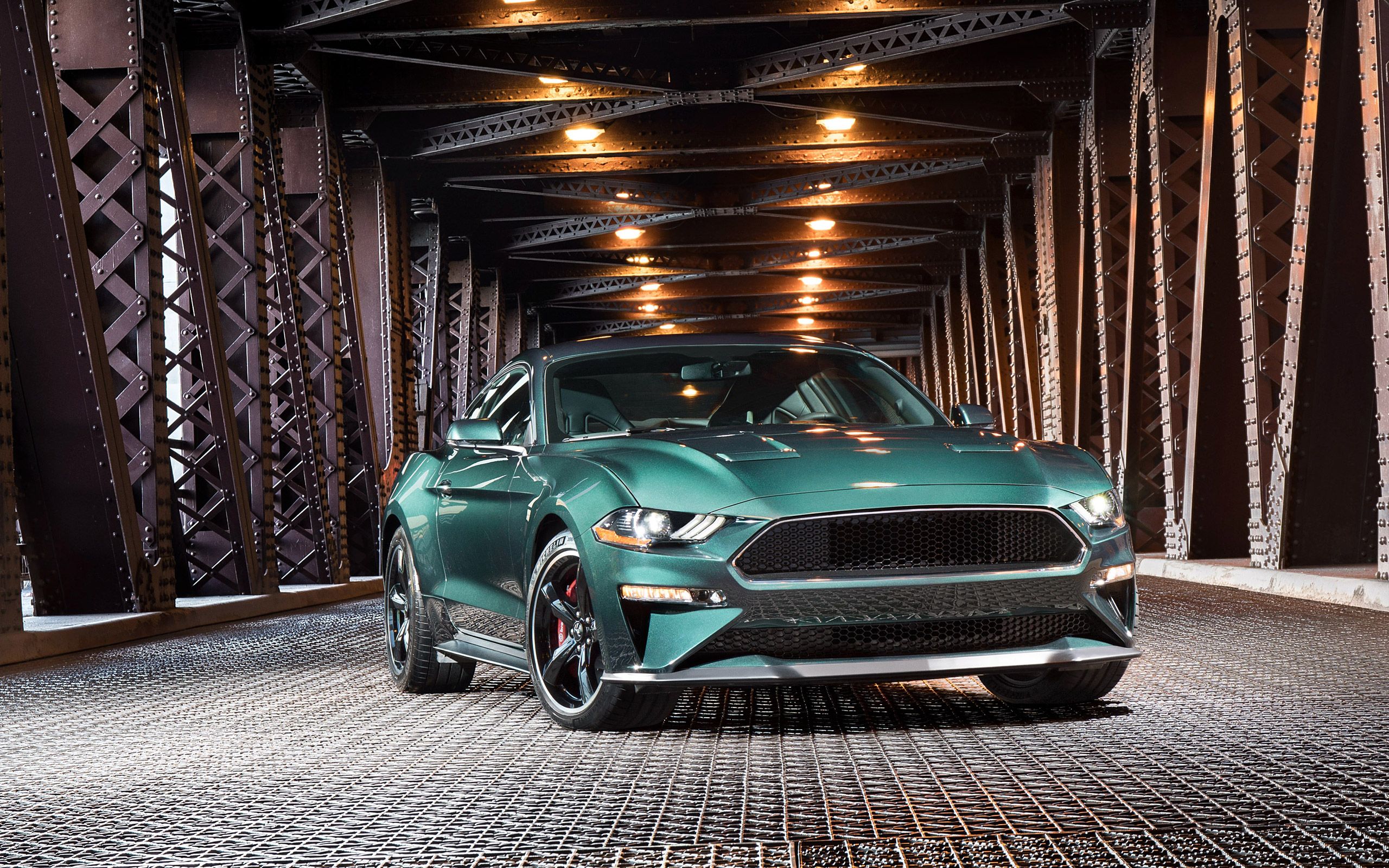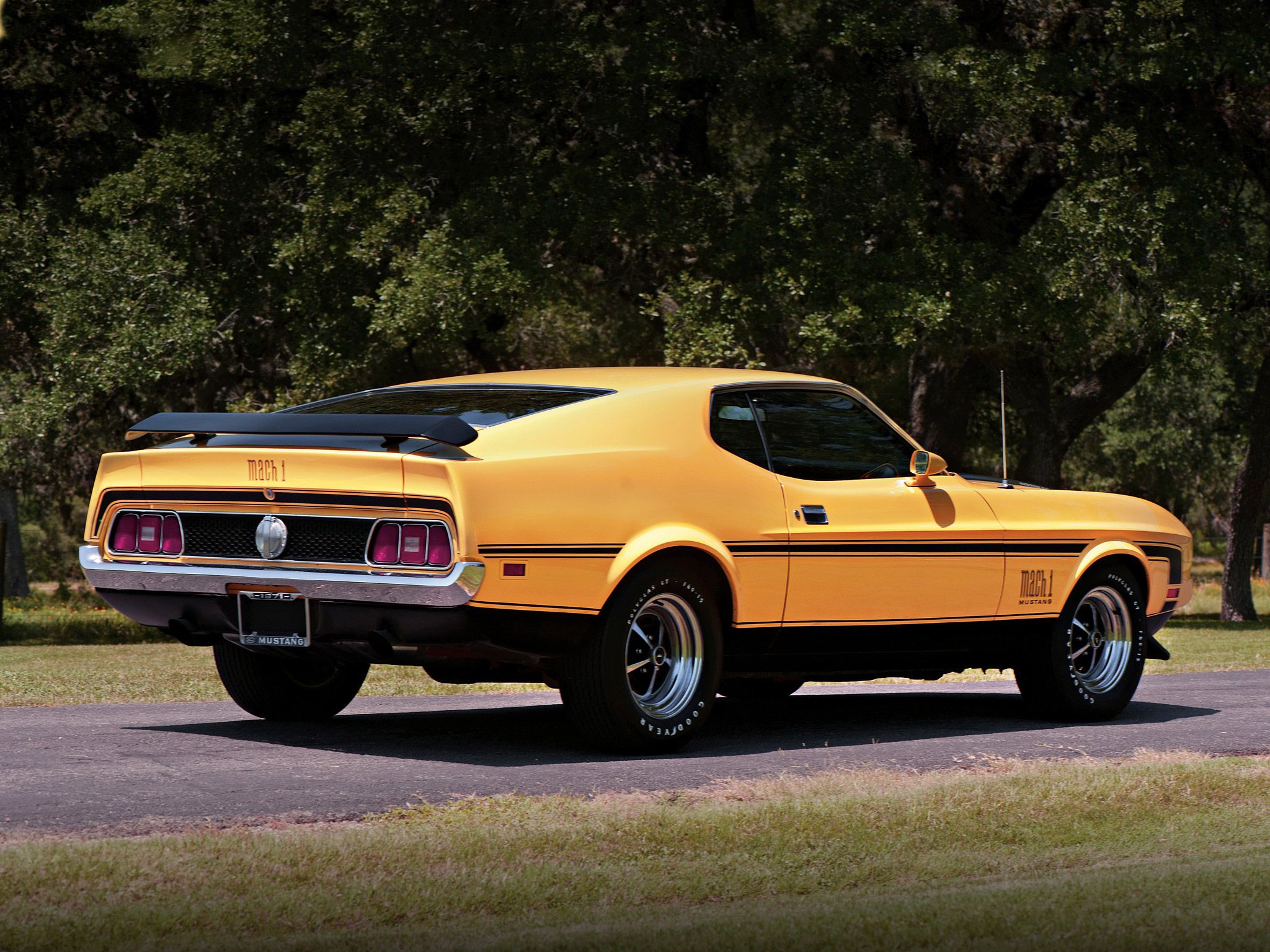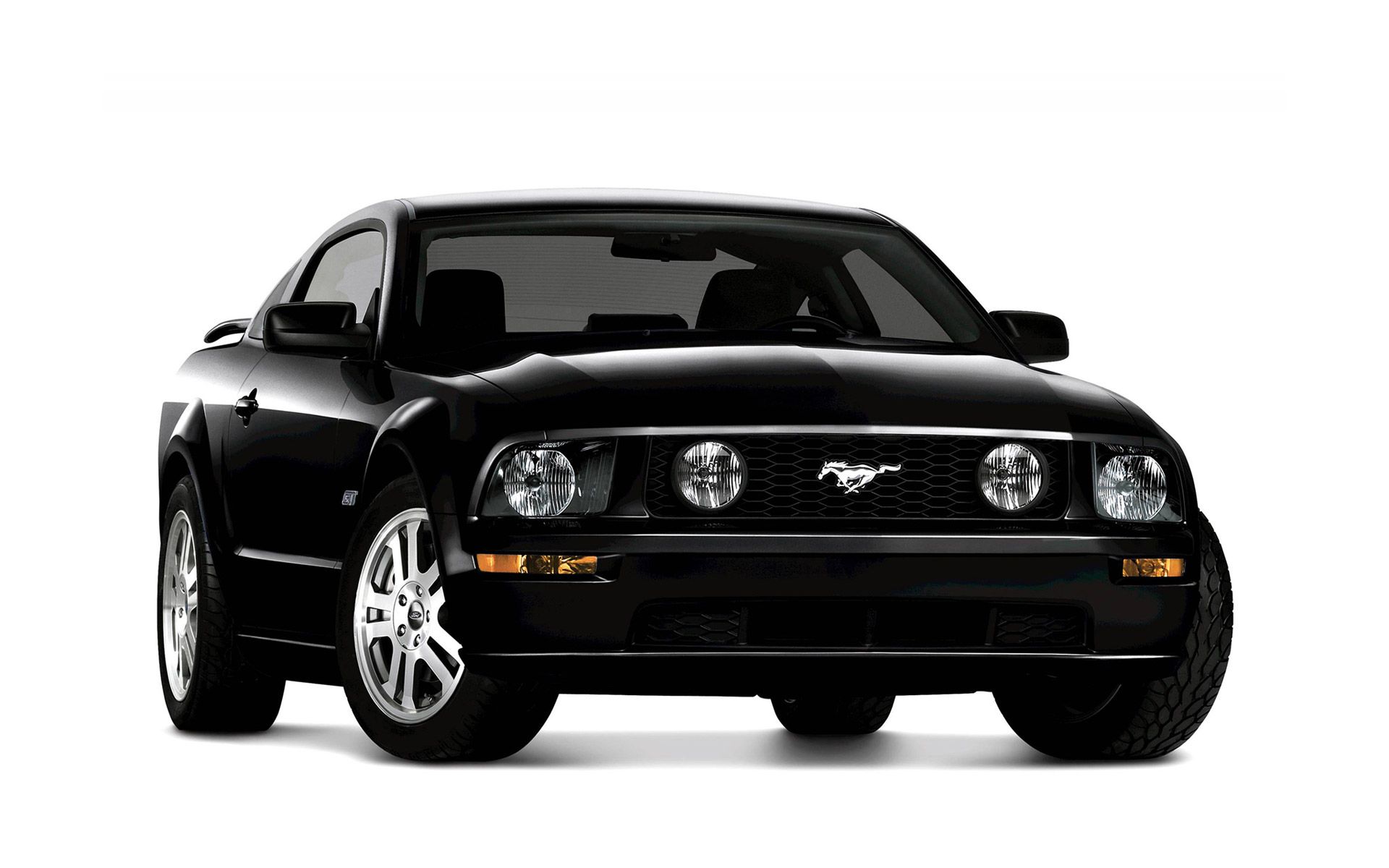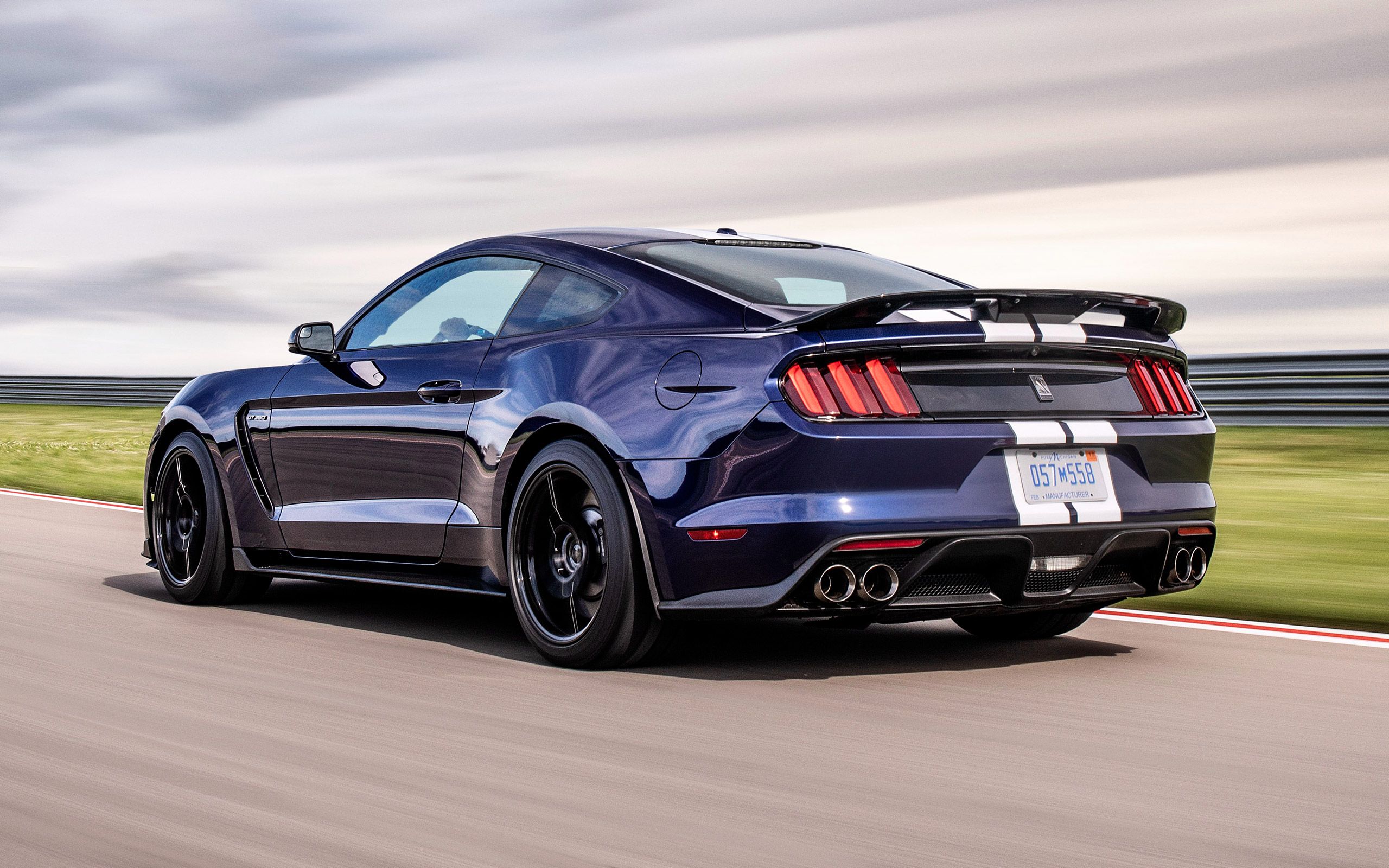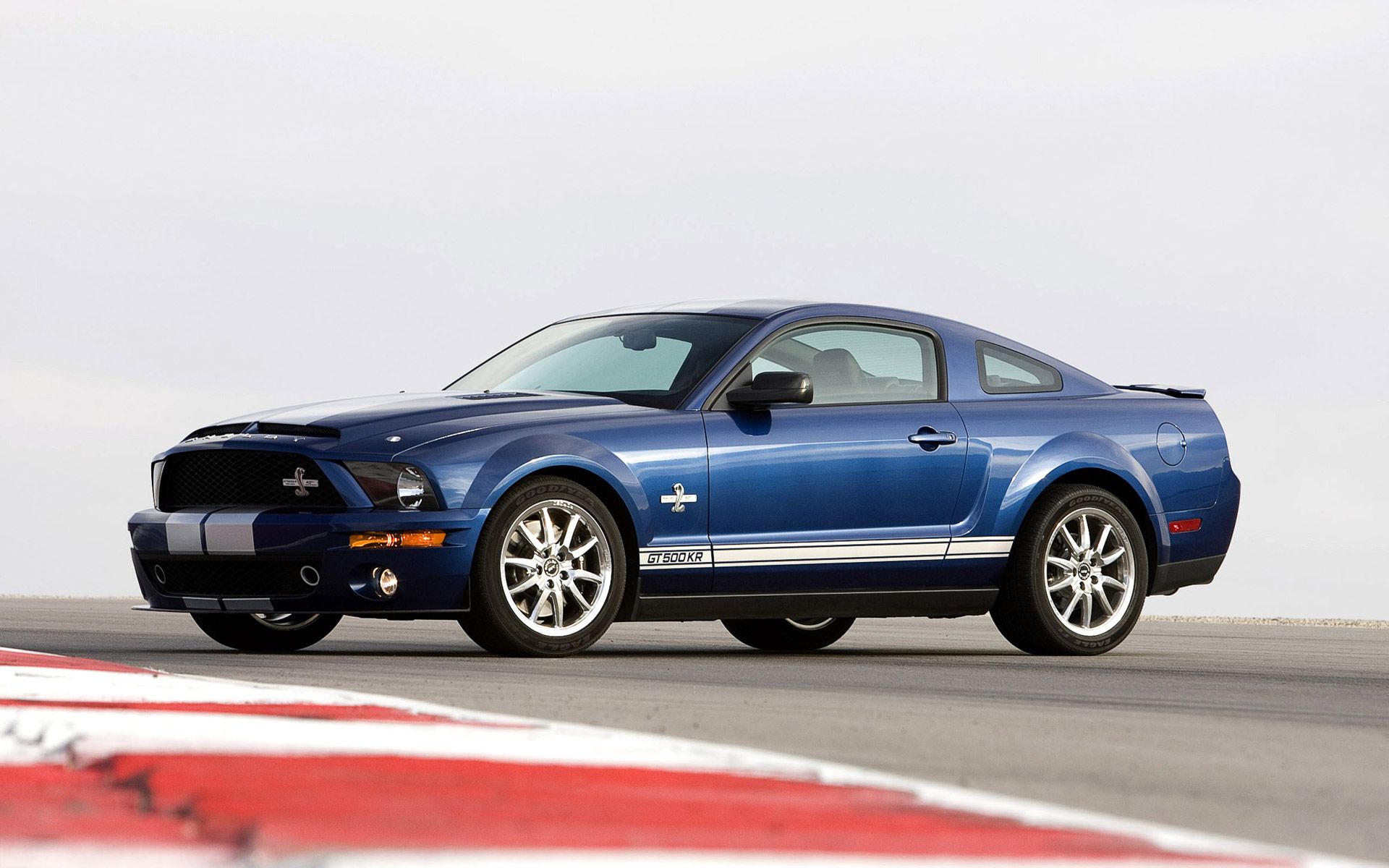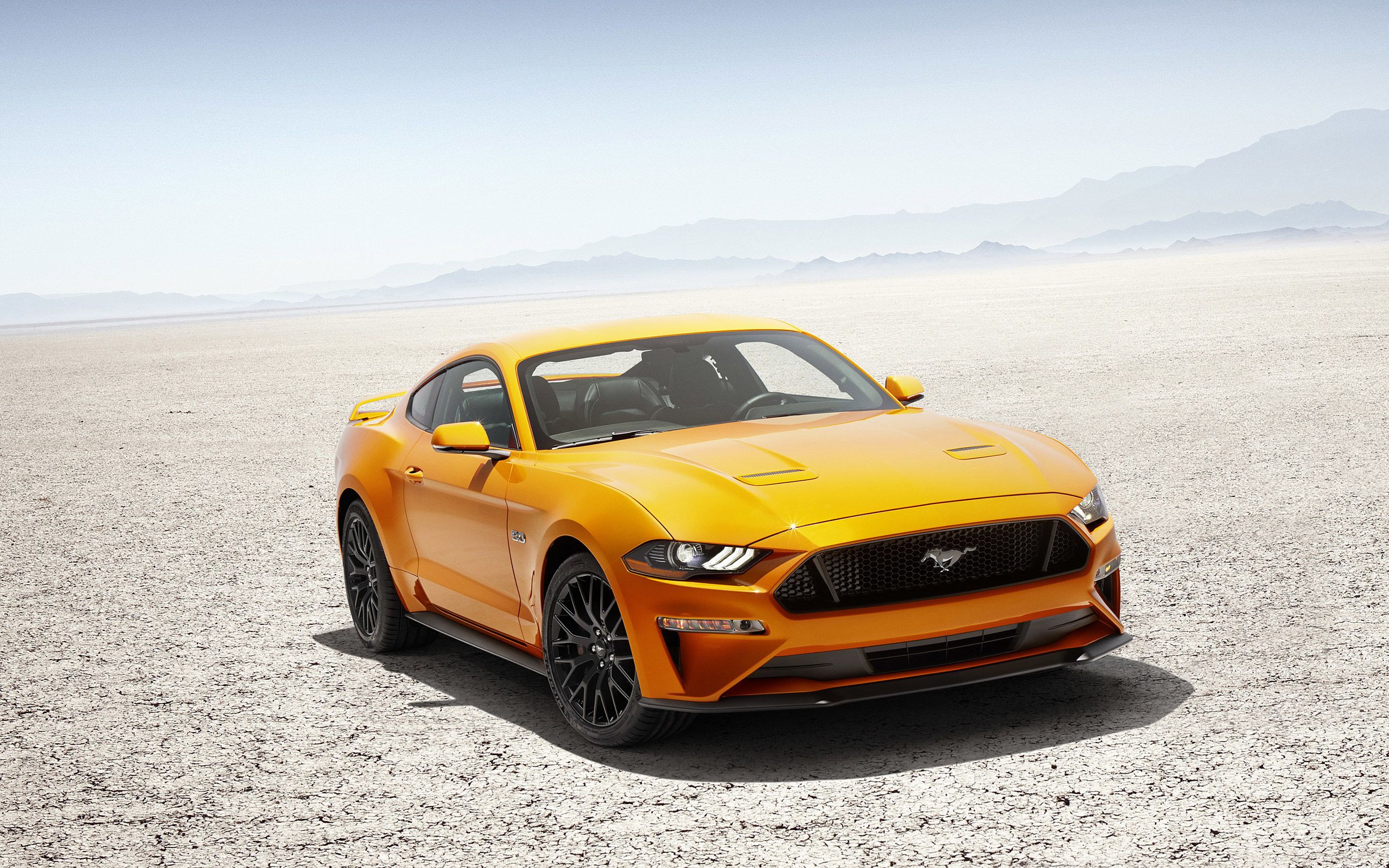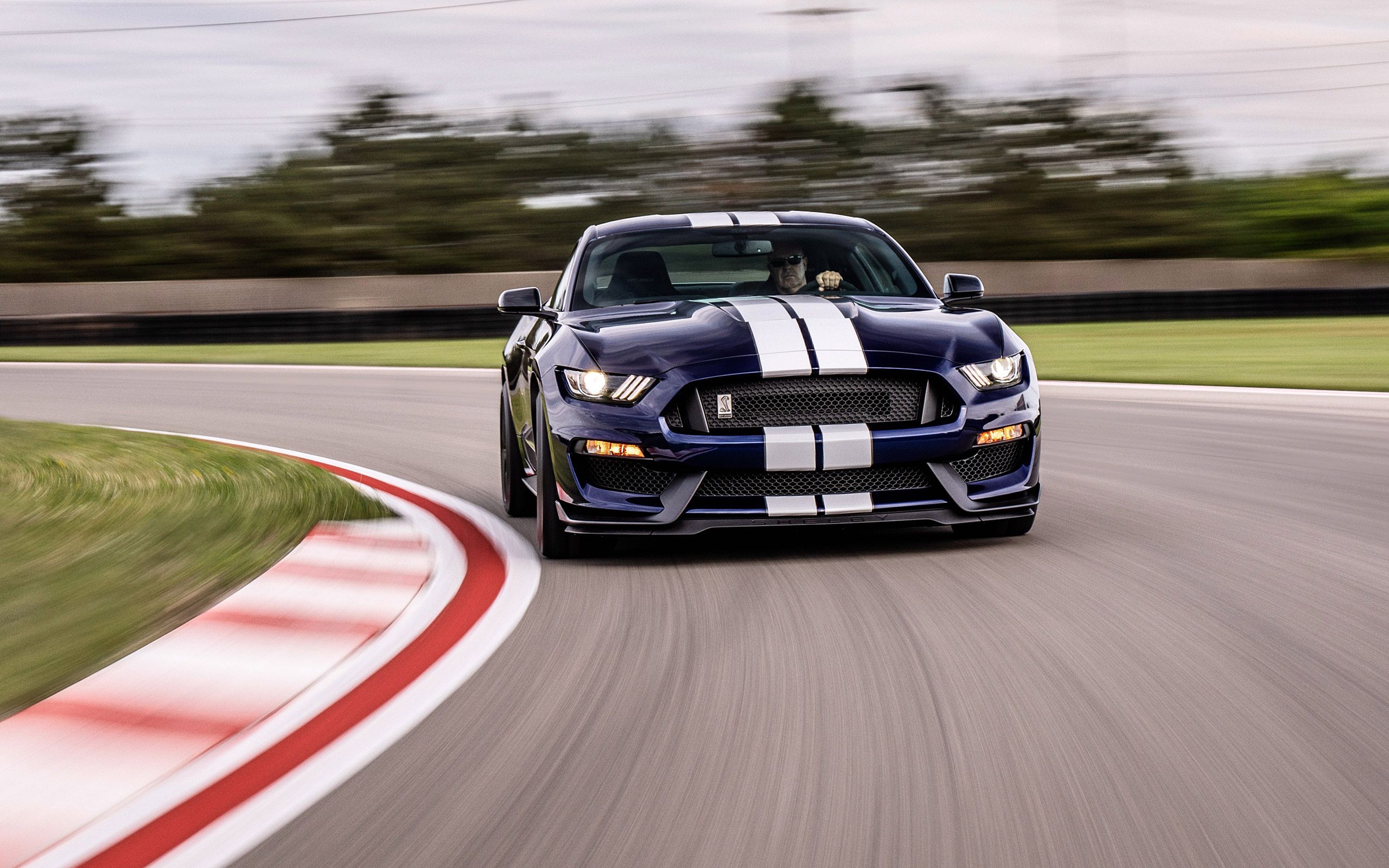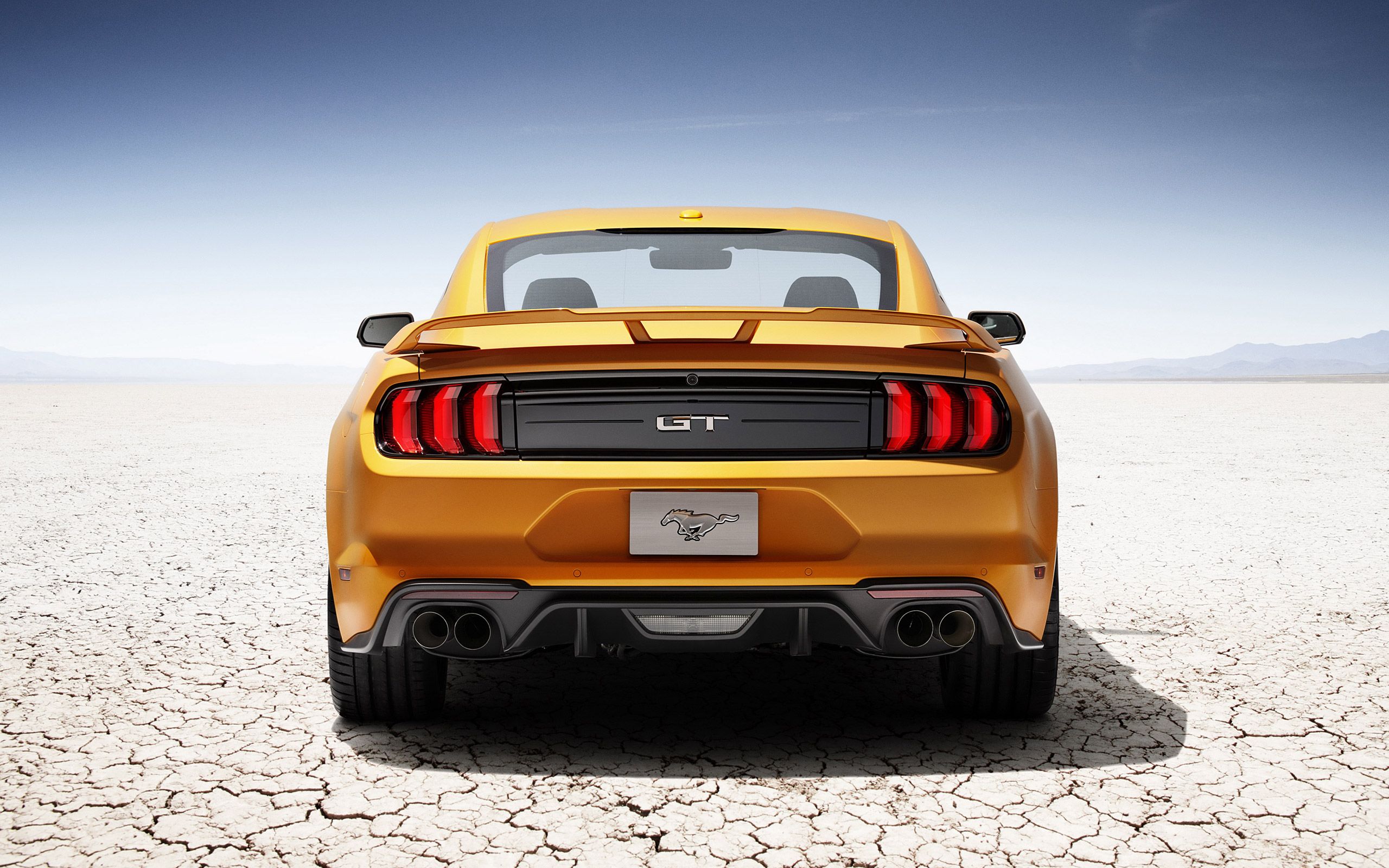The Ford Mustang is an icon of American motoring and over its 60 plus year history, model after model has been produced with varying degrees of power and everyday usability. Below are some key points you may want to consider if you've ever dreamed of owning one of the most instantly recognizable cars on the planet, with a focus on different model years, pricing, and practicality.
Generally, owning a Mustang is something that is very possible and with a keen eye, it's easy to grab a bargain using some of our essential points below. Here are 10 things you need to know before buying a used Ford Mustang.
10 Interior Quality
When buying a mustang, it's important to note that varying generations and specs of this classic muscle car had wildly different interiors.
Newer models in particular are said to have very cheap-feeling interiors, with pieces of cheap plastic adorning the dash areas especially. Older Mustangs benefit from higher quality materials like leather and wood, simply because the use of plastics was less common back in the 60s when compared to today's mass manufacturing methods and subsequent material choices.
9 Pricing
Given the Mustangs worldwide acclaim, the number of models produced have been nothing short of extensive, and with this comes wide price ranges.
Let's start with the most basic new Mustang, prices begin at very slightly over $27,000, which is fairly good value for a new vehicle of any kind. Purely for comparison, the most performance focused 2021 Mustang is the Shelby GT500, which starts at $72,900. Some of the cheapest used models come from the late 90s and the mid 2000s, costing less than $8,000 in most cases.
8 Known Faults
On the whole, Mustangs are considered generally fairly reliable vehicles. However, due to the vast amount produced, a few problems have reared their head on occasion.
Some of the most common faults include tie rod end replacements as, after time, squeaking noises can be heard when steering. This fault is most apparent on models from 1996 to 2010. Synchronizer damage and camshaft sensor mount issues are also common faults for around 17 different model year Mustangs. For 2.3-liter models from 1994 through to 2001, oil and coolant leaks are frequent, although this issue is fairly cheaply fixed.
7 Engine Differences
Despite the Mustang's reputation for having a large V8, many models also come with smaller engines.
The newest basic model we spoke about earlier comes with a 2.3-liter EcoBoost engine for better fuel efficiency, many models from the past also had 4-cylinder engines due to certain restrictions at the time. As of now, the most powerful Mustang is the 2020 Ford Mustang Shelby GT500SE, which is a special edition model produced last year and this made over 800 hp from it's supercharged 5.2-liter V8.
6 Key Model Year Differences
Due to its now 57-year history, the Mustang has seen a number of significant changes over the years. The first model to see significant change from the original in 1964 was the 1969 Mustang, as this was the first to feature four headlights.
In 1971, the Boss 351 became the fastest Mustang ever produced. The 1979 Mustang became the first Fox platform model and also the first of the less popular third gen models, due to their poorly received styling. 80s and 90s models saw some improvements in styling and some more powerful engine options over some late 70s models, and a return to form overall. The mid 2000s marked the return of the iconic front grille and the beginning of the large, wide car we know today.
5 Fuel Consumption
An important factor for anyone planing to use their car as a daily driver, fuel consumption has never been the Mustang's strong suit.
Realistically, no model Mustang will exceed 30 mpg on average combined, regardless of year and engine type. Some of the most fuel efficient options are the newer EcoBoost variants, as these can provide 25 mpg roughly. If fuel consumption is a critical factor, it may be best to avoid any V8 Mustangs altogether, but luckily, there are a number of four cylinder and six cylinder options out there, so all hope is not lost.
4 Safety And Driver Assistance Features
Another area where the Mustang is perhaps not the strongest is with its assistance features. If this is a vital area for you, it may be best to completely disregard any Mustang from the first and second generation, as these were built in times when safety features were much less advanced.
Some of the more modern Mustangs offer lane keep assist, blind sport monitoring, brake assist, stability control, and so on. Generally, the Mustang is acceptable in this regard, but don't expect much more than this.
3 Practicality And Everyday Usage
Practicality is something that varies among all generations of the Mustang, but on the whole, Mustangs are actually somewhat practical.
Newer models have plenty of storage space and interior driver and passenger space, making them comfortable to sit in and drive for large periods of time. However, due to their large size, parking and visibility may be restricting, something older Mustangs cope much better width due to their overall smaller size. Improvements in technology make newer Mustangs easier and easier to live with, so for everyday use, newer is better.
2 Special Edition Models
If you're looking to invest in a Mustang, perhaps a special edition model is a great way to own a piece of history and make some serious cash in the future.
The 1984 Mustang GT Anniversary edition may be the perfect choice as it's currently relatively inexpensive but has the potential to increase in value. The 2012 Boss 302 Laguna Seca model was given some interesting performance and styling enhancements, whilst being in the rare company of cars named after racetracks. One of the most sought after models is the 2000 SVT Cobra R, with only 300 models produced. Very few cars on the road today have as many unique models as the Mustang, which makes standing out from the crowd more than possible.
1 Handling And Feel
Perhaps the most defining factor for any potential sports car owner is handling and feel. Mustangs, especially older V8 models, are not for the inexperienced. The large size and weight of newer variants makes them especially difficult to control at speed, and the power and rear-wheel drive layout compounds this difficulty somewhat.
That being said, lower powered new models with smaller engines and a number of driving aids may make driving a little easier; For those who like the challenge, at speed, the Mustang is one of the best performing muscle cars money can buy, so expect plenty of thrills.
Sources Used: Auto Express, Auto Trader, Road and Track, Cars US News, Ford, Motor Biscuit, Car and Driver, Motor Trend

